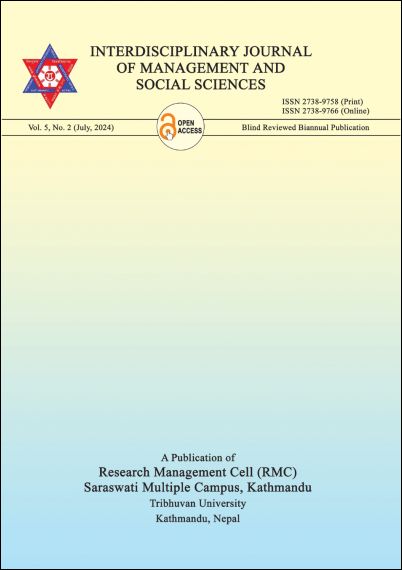The Belt and Road Initiative: Assessing Its Implications for Nepal's Development
DOI:
https://doi.org/10.3126/ijmss.v5i2.69449Keywords:
BRI, Nepal, Connectivity, Trans-Himalayan Railroad, Economic growth, National interestAbstract
The Belt and Road Initiative (BRI) is a massive China-led infrastructure project that stretches worldwide, inspired by the ancient Silk Road. This study evaluates BRI by assessing its implications for Nepal's development. The qualitative analysis is based on desk research using scholarly articles and news materials about BRI. Nepal signed nine projects under the framework agreement of the BRI with China in May 2017. Seven years later, no BRI project has been started. A proposed Trans-Himalayan Railway Project is seen as more critical in Nepal; its feasibility study is only progressing. If implemented, it could allow Nepal to connect with the world. However, this is a costly and colossal project, and Nepal risks getting trapped in a large project with high interest rates. Therefore, Nepal should proceed with the BRI project only if it can secure funding on favourable terms. While it is difficult to assess the pros and cons of the BRI, many countries that have signed the Memorandum of Understanding (MoU) cannot participate, and those already invested in by China are facing mounting debt. Therefore, if Nepal decides to join the BRI, it should identify its national interest through a national consensus and only move forward in a way that the country can afford.
Downloads
Downloads
Published
How to Cite
Issue
Section
License

This work is licensed under a Creative Commons Attribution-NonCommercial 4.0 International License.

